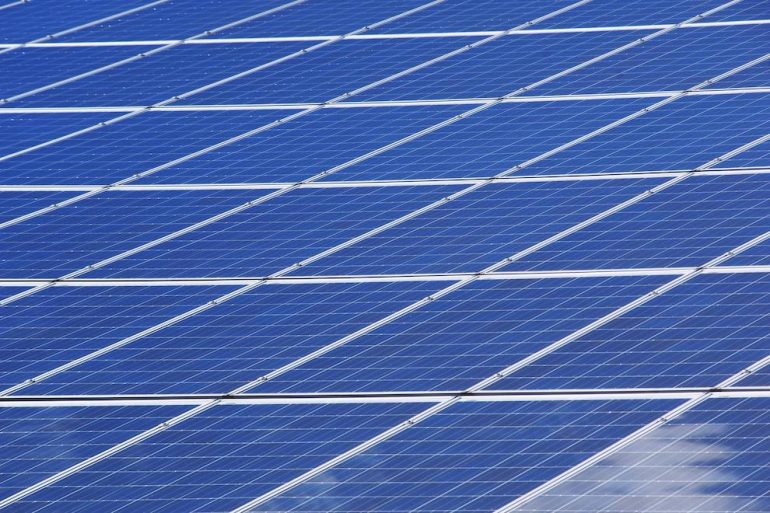In our quest for renewable energy sources, solar power stands out as a beacon of sustainability and innovation. But how exactly do those sleek panels atop roofs or sprawling across fields harness sunlight to power homes and businesses? Let’s dive into the fascinating world of solar panels and unravel the science behind their operation.
It Starts With Cells
At the heart of every solar panel lies photovoltaic cells, commonly known as solar cells. These cells are constructed from semiconductor materials, such as silicon, which possess the remarkable ability to convert sunlight directly into electricity through the photovoltaic effect.
When photons, particles of light, strike the surface of a solar cell, they transfer their energy to the electrons within the semiconductor material. This energy excites the electrons, causing them to break free from their atomic bonds and flow through an external circuit as an electric current. This flow of electrons is what we harness as usable electricity.
Solar Panel Structure
The structure of a solar panel plays a crucial role in facilitating this process. Each panel consists of multiple solar cells interconnected and encapsulated within a protective layer of tempered glass and a sturdy frame. The glass allows sunlight to penetrate while shielding the delicate cells from environmental factors.
Get Your Energy Independence
But the journey of sunlight to electricity doesn’t end there. The direct current (DC) generated by the solar panels is then fed into an inverter, which converts it into alternating current (AC), the standard form of electricity used in homes and businesses. This AC electricity is then distributed throughout the building to power appliances, lights, and other electrical devices.
Elements of Efficiency
The efficiency of solar panels depends on various factors, including the intensity and duration of sunlight, the angle and orientation of the panels, and the quality of the solar cells themselves. Advances in technology have continually improved the efficiency and affordability of solar panels, making them an increasingly viable option for homeowners and businesses worldwide.
In addition to providing clean and renewable energy, solar panels offer numerous environmental and economic benefits. By harnessing the power of the sun, we can reduce our reliance on fossil fuels, mitigate climate change, and create a more sustainable future for generations to come.
Solar panels operate on the principle of converting sunlight into electricity through photovoltaic cells. Understanding the inner workings of solar energy not only demystifies this remarkable technology but also empowers individuals and communities to embrace renewable energy solutions for a brighter tomorrow.

